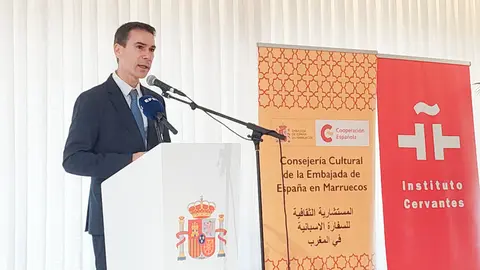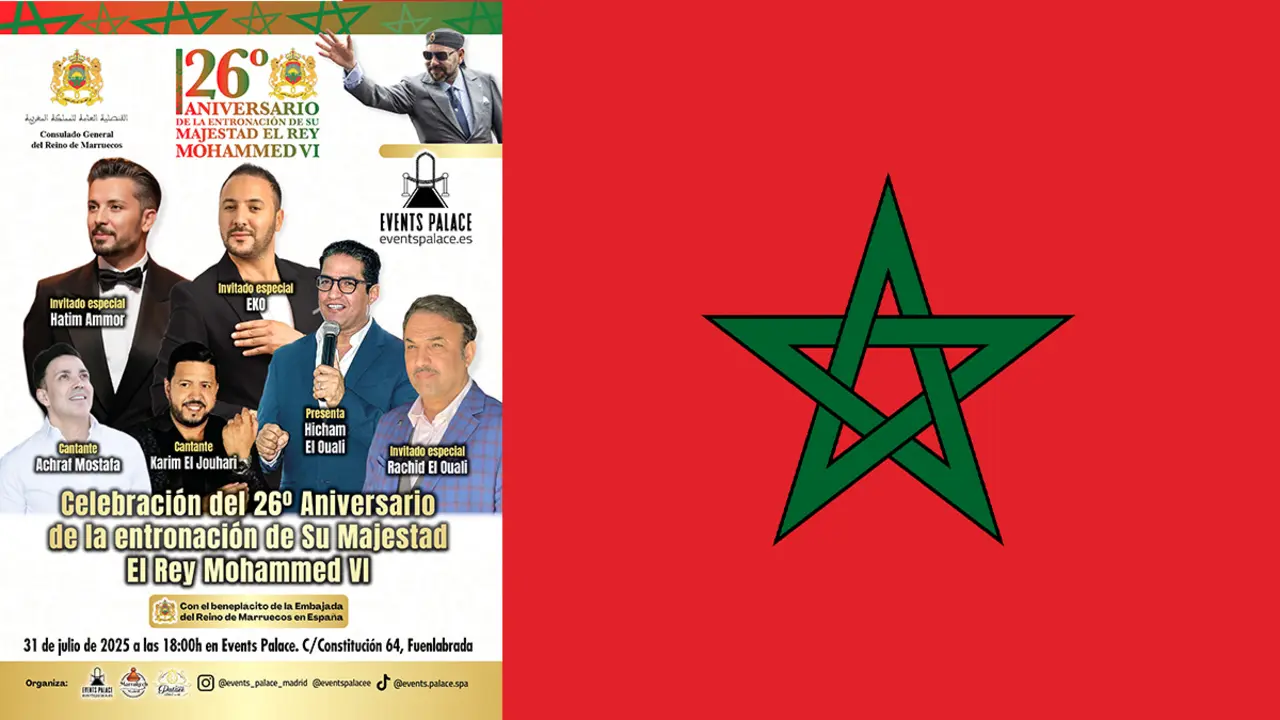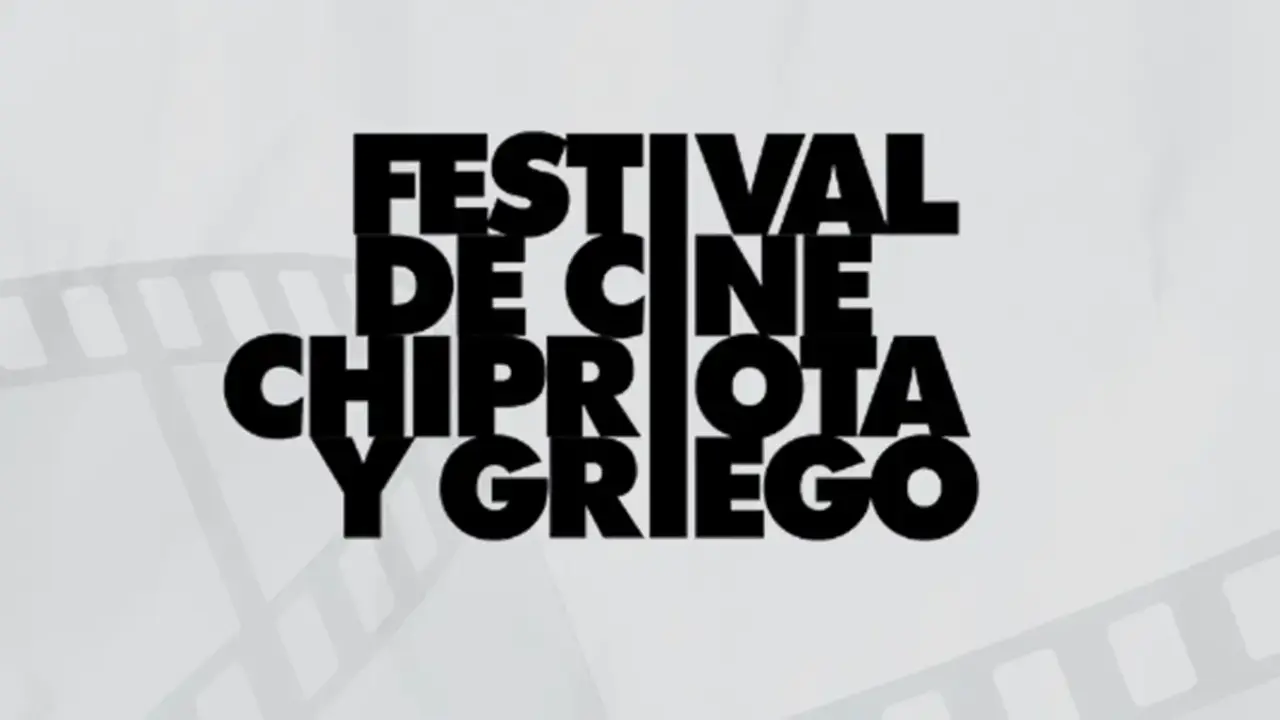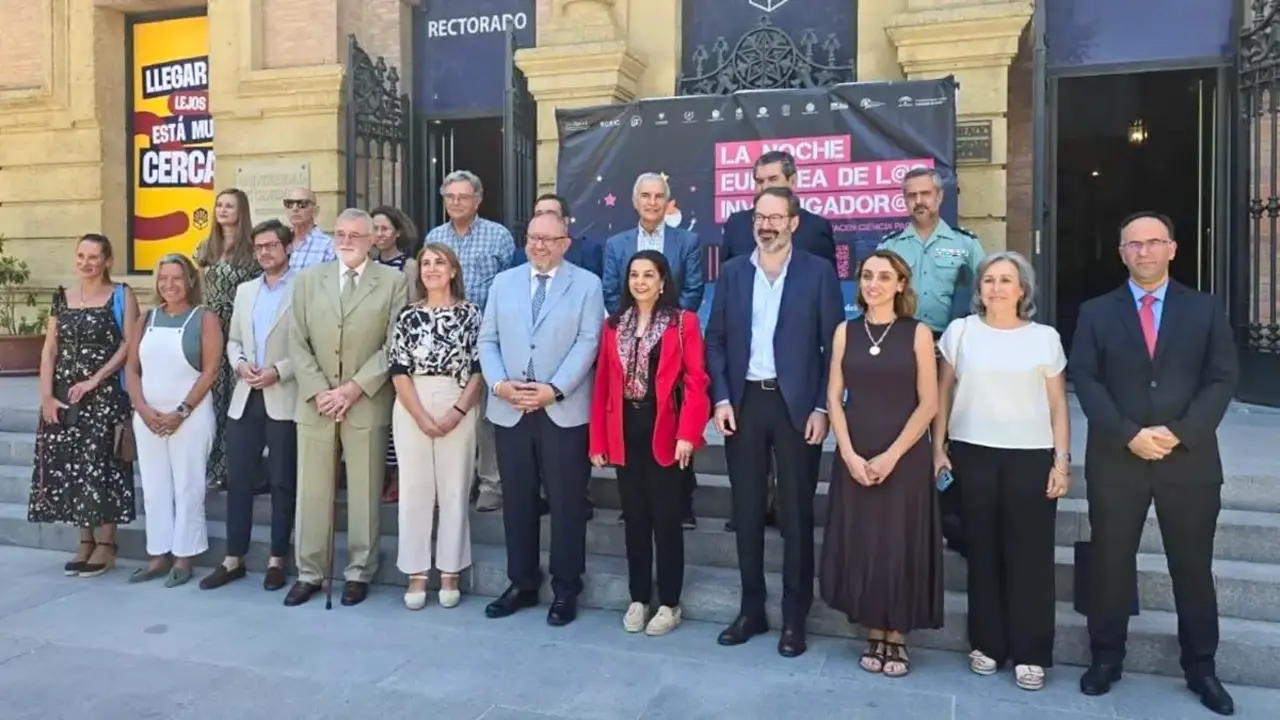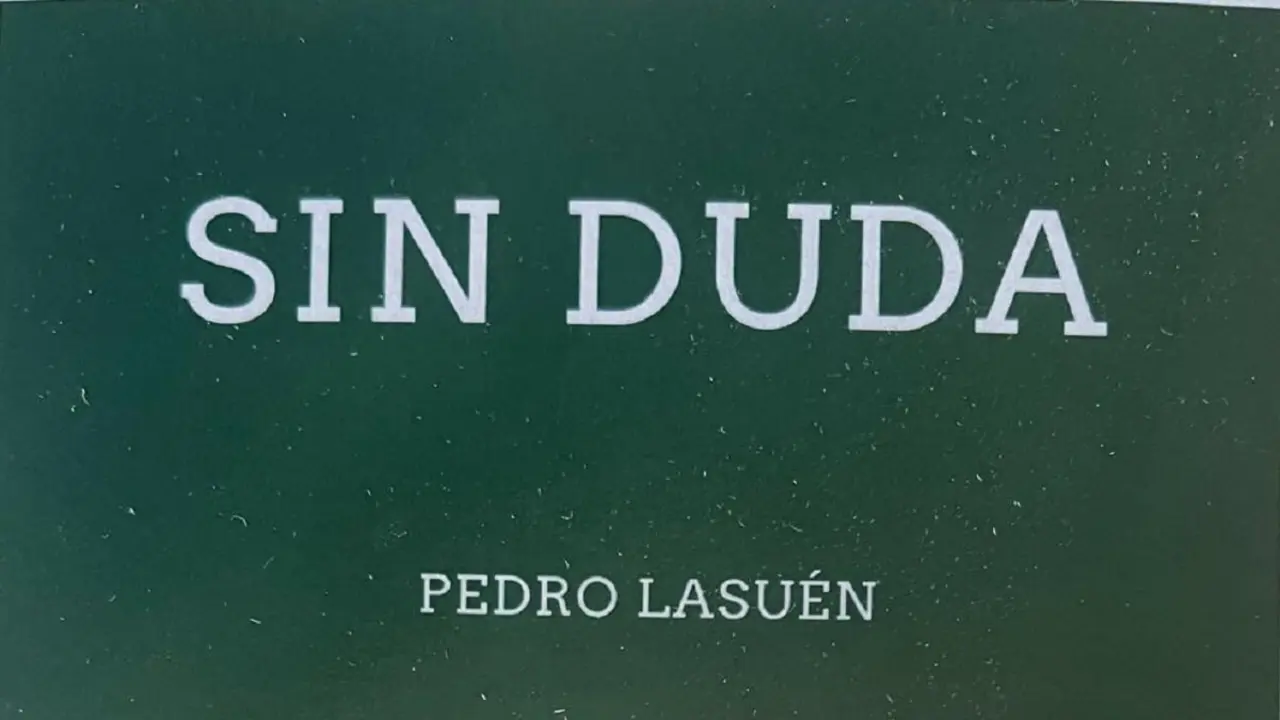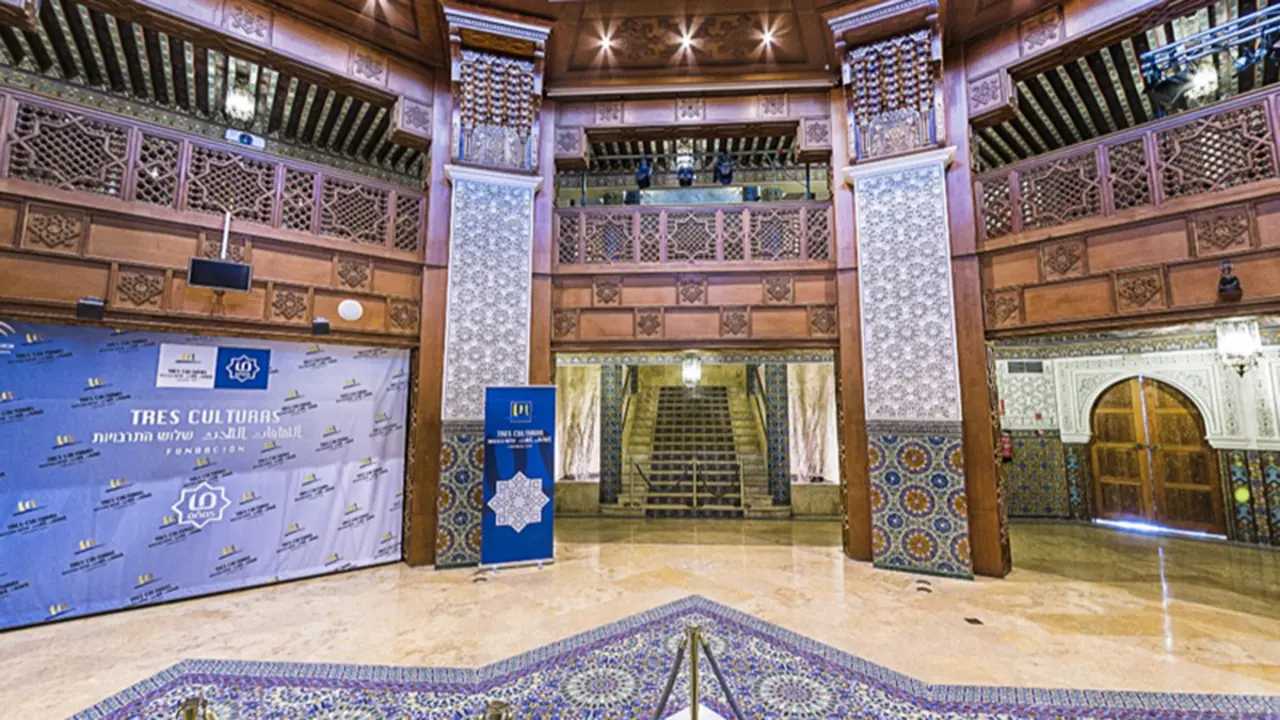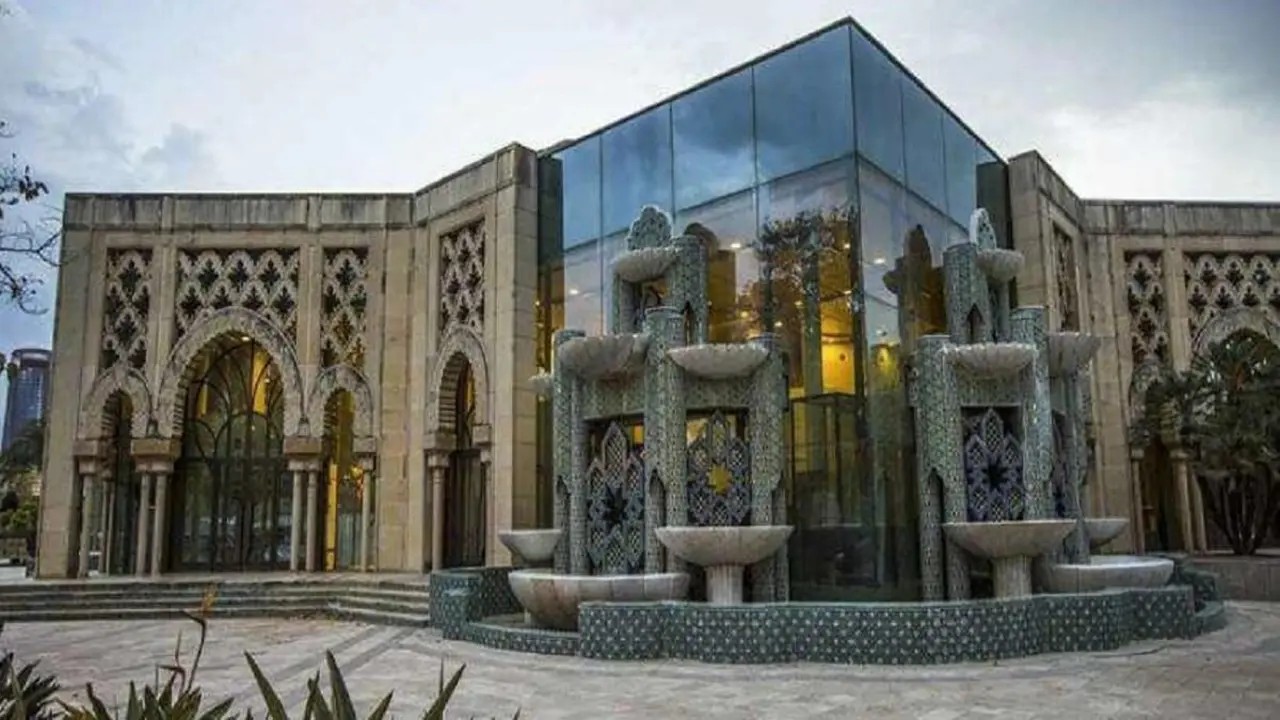Two mega-projects related to African archaeology and culture enrich the museum map of Morocco
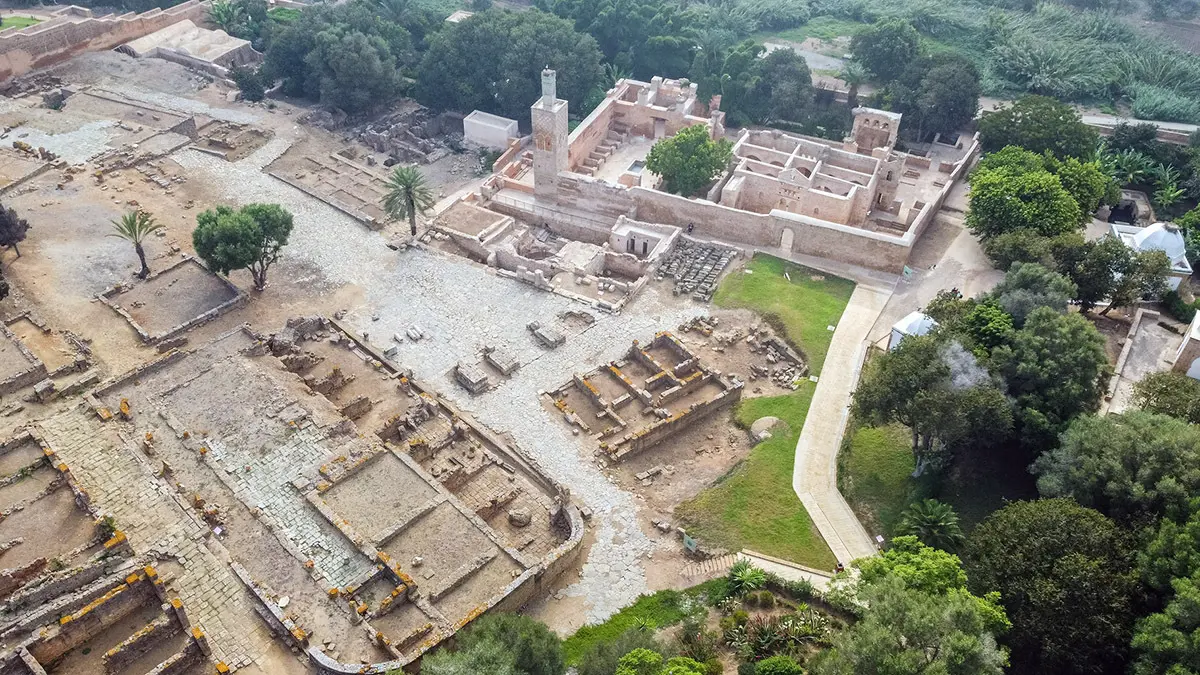
The Moroccan National Museums Foundation (FNMM) is working on the construction of two new museums: the first dedicated to archaeology and earth sciences; and the second specialising in the culture of the African continent.
With a total budget of more than 300 million dirhams, the two museums will be inaugurated between 2027 and 2028 in the capital, Rabat. Both megaprojects are part of the country's strategy for the preservation of both Moroccan and African heritage.
The FNMM, which is in charge of the realisation and management of these new projects, is the organisation responsible for the 22 museums spread across several cities in Morocco, with collections that showcase history, culture, art and architecture.
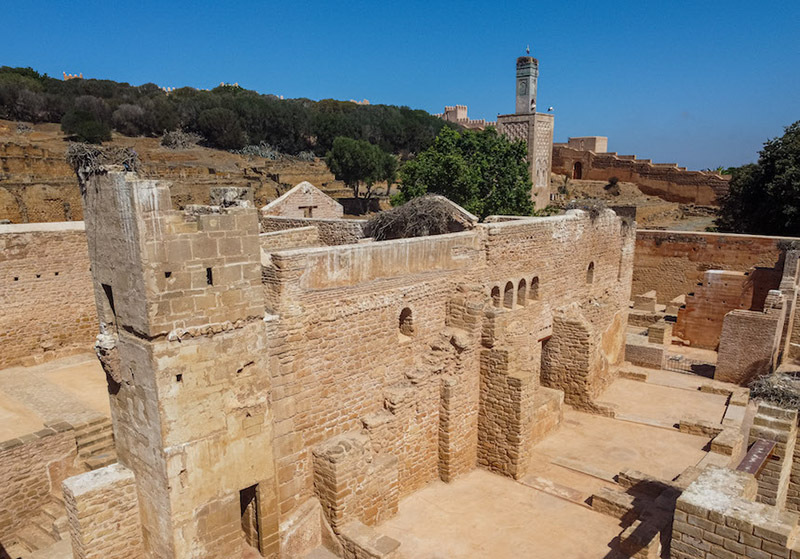
A pioneering archaeology museum in Africa
As revealed in a recent interview with the president of the FNMM, Mehdi Qotbi, ‘the National Museum of Archaeology and Earth Sciences in Morocco will be unique in its field and will combine in the same space two fundamental disciplines, earth sciences and archaeology, which will allow us to retrace the geological and human evolution of the country’.
‘Thanks to its stratigraphy, which covers all geological periods from the Precambrian to the Quaternary, Morocco is a unique site for understanding the evolution of the Earth, as it allows us to explore major phenomena such as the formation of continents and mass extinctions,’ added Qotbi.
The museum represents a pioneering project in the whole of Africa: it will be the largest space on the African continent and one of the most important in the world. It is also an essential facility for preserving Morocco's archaeological heritage and for offering a coherent vision of the history of humanity from the Kingdom.
Financed by several ministerial departments with a budget of 200 million dirhams to build a 25,000 square metre museum space, the museum will be located in the former American embassy, with views of the Bouregreg valley.
This museum will also make it possible to link the natural history of the territory with the great stages of its human development, emphasising Morocco's fundamental role as a crossroads of civilisations and a key player in cultural and scientific evolution throughout history.
The new facility will be inaugurated in early 2028 and aims to rewrite and enrich the history of Morocco from prehistory to the Islamic dynasties. Thanks to recent archaeological discoveries, the museum highlights the ancient human fossils, 300,000 years old, discovered in Jbel Irhoud, which question the origins of Homo sapiens.
In addition to contributing to the fight against the illicit trafficking of cultural property, the museum is a heritage platform that aspires to become a management model in the conservation of fossils, archaeological remains and geological materials from major excavations:
- The Taforalt crevice, where advanced medical care indices have revealed an unprecedented prehistoric understanding of health, including the first skull surgery. Research into Neolithic villages has revealed the beginnings of sedentary life and the emergence of organised social structures.
- The sites of Chellah and Lixus, which date back to antiquity and have revealed port and commercial infrastructures, attesting to Morocco's strategic role in human exchanges.
- The excavations at Igiliz, the cradle of the Almohads, which have revealed to archaeologists an organisation that combined spiritual life and governance, marking the beginning of an influential dynasty.
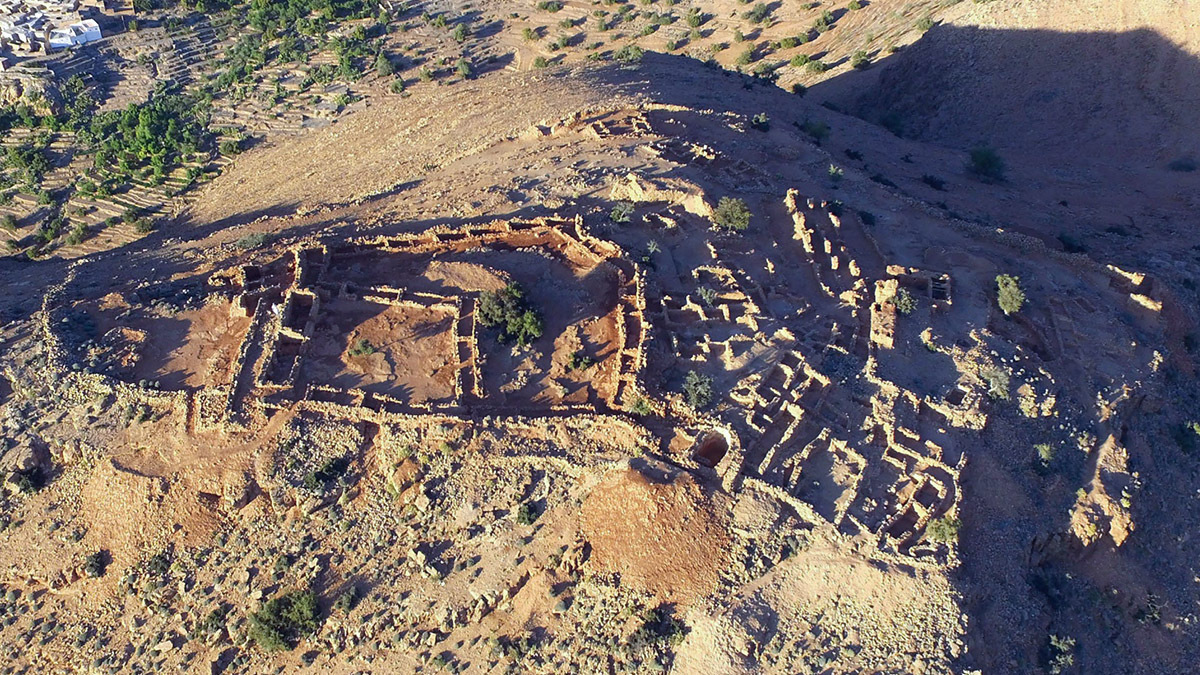
The African City: a museum of an entire continent
On the other hand, the Moroccan National Museums Foundation began construction work on the City of African Culture in 2024. The museum, which is being built in the centre of Rabat, on a site of the former building of the General Staff of the Royal Navy, formerly known as the headquarters of the OCP and built between 1924 and 1960, will cost around 100 million dirhams.
Located at the intersection of the Hassan neighbourhood and the administrative neighbourhood, and connected by an extensive transport network (tram, bus and train), this 13,202 m2 space will include administrative buildings dating back to the time of the protectorate and which form part of the area inscribed as a UNESCO World Heritage Site since 2012.
With the aim of perpetuating its historical and heritage dimension, the Foundation has chosen to turn it into a cultural complex that will be designed in harmony and complementarity with the Mohammed VI Museum of Modern and Contemporary Art, located opposite.
Given that Morocco is the gateway to Africa and has always defended African identity, this platform for intercultural dialogue aims to celebrate Africa's creative genius and its significant contribution to the history of world art, as Mehdi Qotbi said in the aforementioned interview.
The museum will ensure the conservation of the architectural elements of great heritage value. This museum complex will consist of a reception area; galleries and exhibitions; a conservation and restoration centre; an artists' residence; an underground gallery linking the African City with the Mohammed VI Museum of Modern and Contemporary Art; a café-restaurant; and multiple administrative and technical spaces.
The opening of this City of African Culture, the Museum of the Continent, is scheduled for the end of 2026 and will mark a before and after in Morocco's splendour and its reaffirmation as one of the major players in African cultural space. For its part, the Foundation is acquiring considerable experience that it will share with its counterparts in continental cultural institutions.


